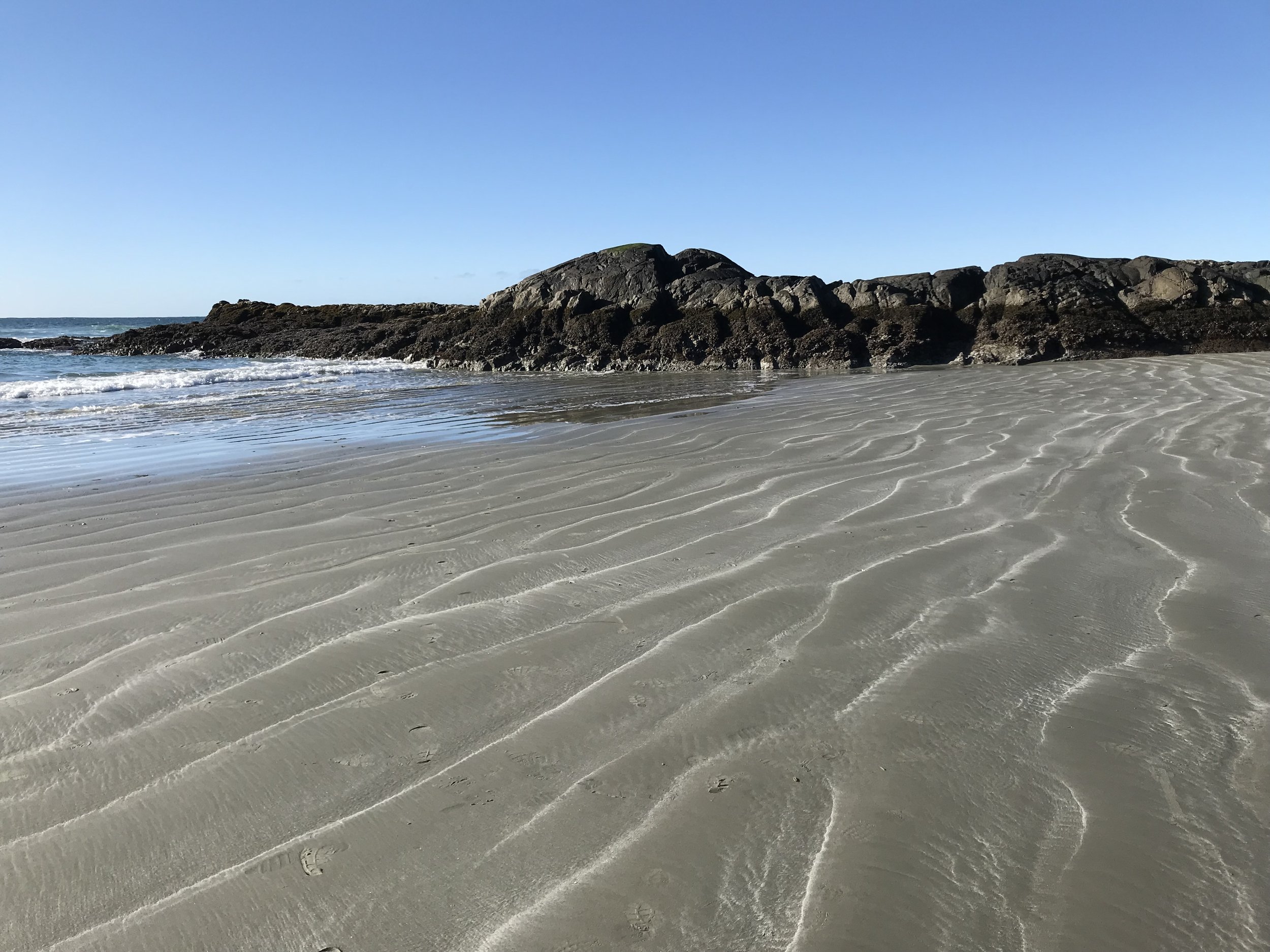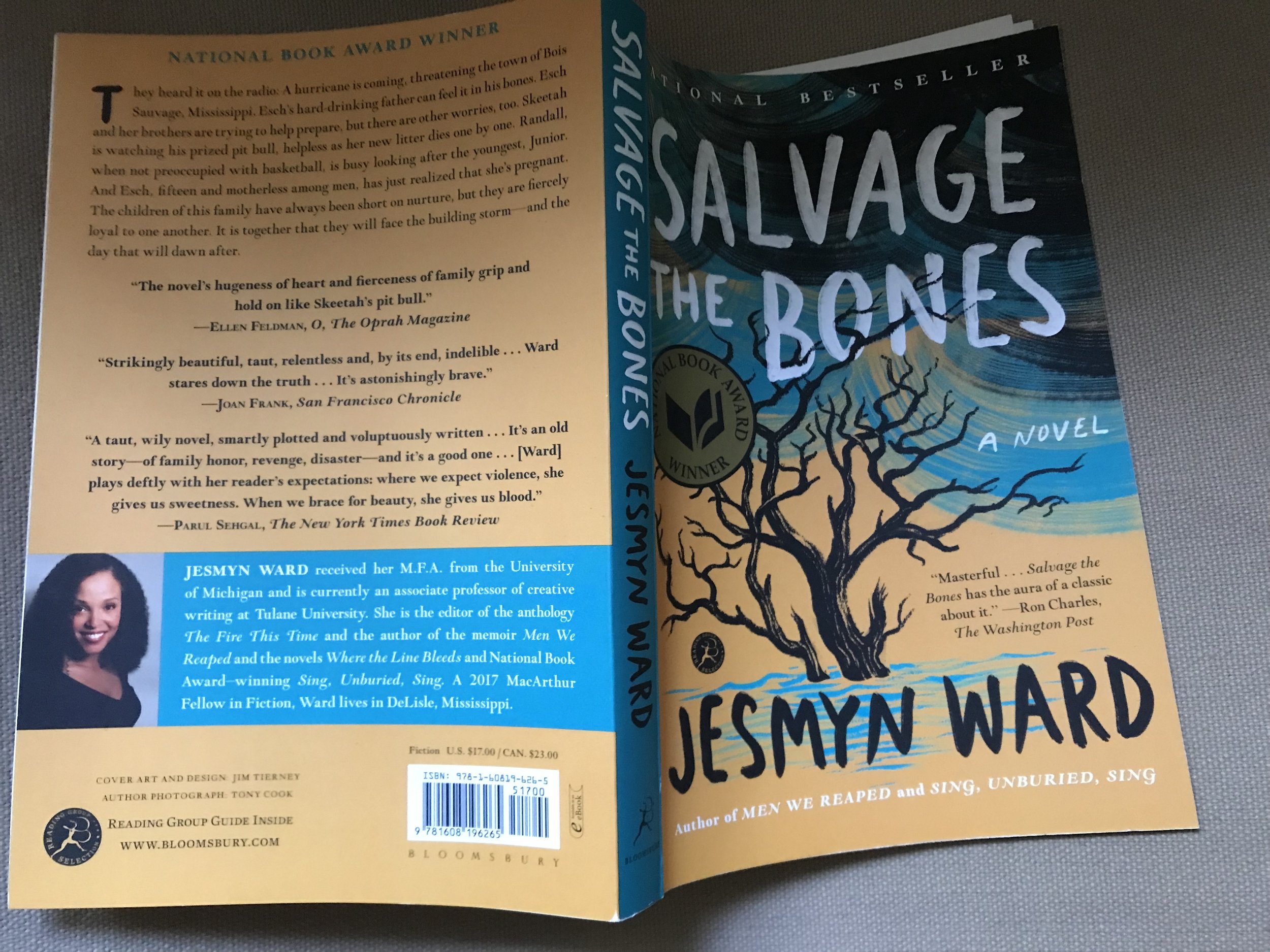
Writing With a Broken Tusk
Writing With a Broken Tusk began in 2006 as a blog about overlapping geographies, personal and real-world, and writing books for children. The blog name refers to the mythical pact made between the poet Vyaasa and the Hindu elephant headed god Ganesha who was his scribe during the composition of the Mahabharata. It also refers to my second published book, edited by the generous and brilliant Diantha Thorpe of Linnet Books/The Shoe String Press, published in 1996, acquired and republished by August House and still miraculously in print.
Since March, writer and former student Jen Breach has helped me manage guest posts and Process Talk pieces on this blog. They have lined up and conducted author/illustrator interviews and invited and coordinated guest posts. That support has helped me get through weeks when I’ve been in edit-copyedit-proofing mode, and it’s also introduced me to writers and books I might not have found otherwise. Our overlapping interests have led to posts for which I might not have had the time or attention-span. It’s the beauty of shared circles.



Prose and Possibility in The Last White Man by Mohsin Hamid
In the manner of Gregor Samsa in Kafka’s Metamorphosis, Anders, the protagonist of Mohsin Hamid’s novella, The Last White Man, wakes up to find himself transformed. He’s not a bug, however. As you might expect from the title, Anders has turned brown. We’re never quite sure why—there is some speculation that there was something in the water—but brown he is, “a deep and undeniable brown.” Soon others begin turning brown as well.

Who Will Speak for Trees? The Overstory by Richard Powers
Why begin a new year with thoughts of the end of the world as we know it? Because human voices have spoken enough untruths, it seems right to hand at least some of our narrative over to those we have always assumed to be silent.
Trees speak in this novel, which seems fitting, since in the real world we refuse to give them voices.

Reading Salvage the Bones as a Climate Novel
Jesmyn Ward’s Salvage the Bones, 2011 National Book Award fiction winner, is among the tidal wave of titles hit by book bans in the Disunited States. It happens that this is also a climate change novel—not that the book banners raised that particular point.
Consider the storm…

Guest Post: Amitha Jagannath Knight on Usha and the Big Digger
“Usha loved trucks. She made them bump and roll.” Who could not love this child who’s equally fervent about things on wheels and things in the sky? In advance of the Spanish edition to come in July (Usha y la Gran Excavator) I invited Amitha Jagannath Knight, writer and author of this charmer of a book, to post about how her Usha came to be.

Power and the Silencing of Activists
Mythology and performance play roles in Oonga, the novel version of a 2013 movie with the same name, which won a 2021 Neev Book Award. The real-life dystopia of corporate plunder and the clash of ideologies lie at the heart of the novel, its storyline delivered in fragments that echo the fracturing of the land, torn up and left bleeding by the mining company. Sometimes fiction can help disseminate the truth about real-world events.
